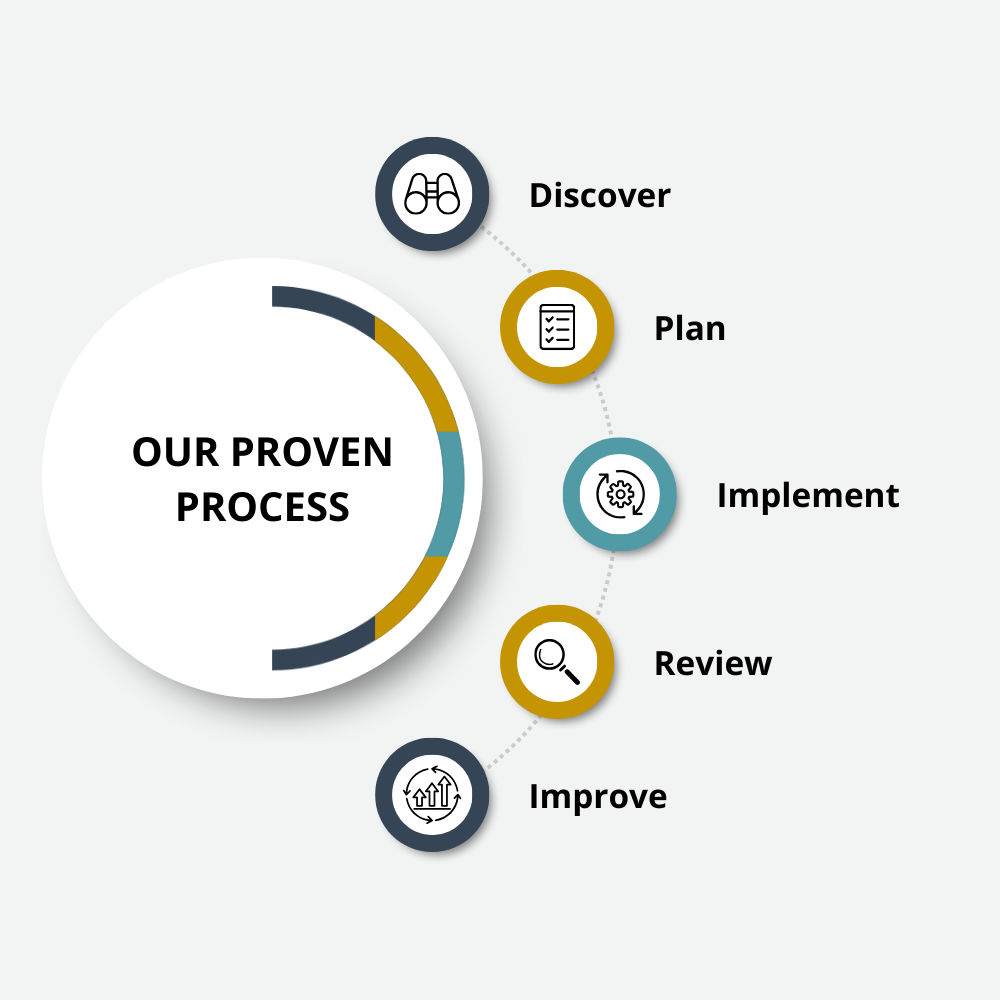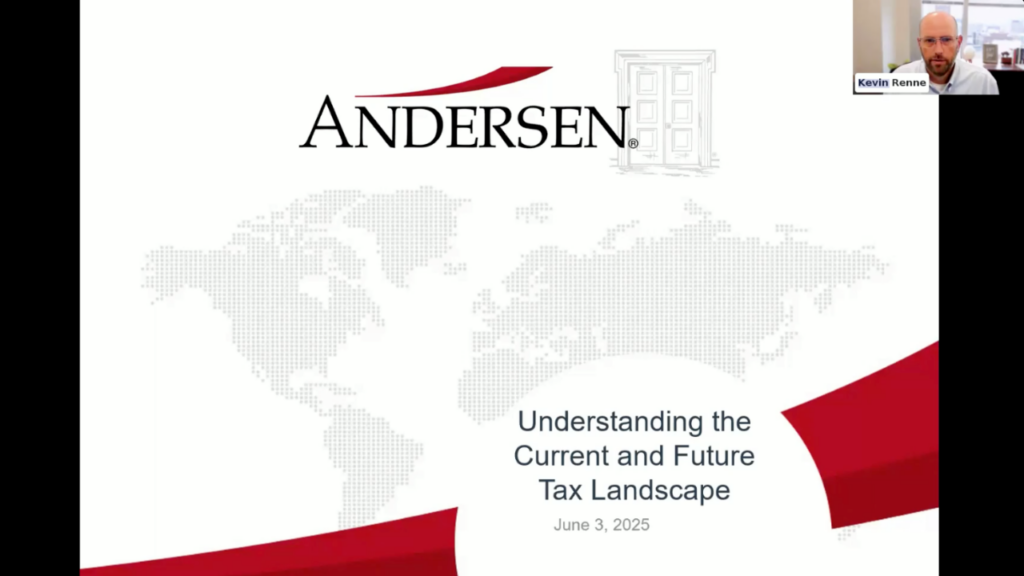A recent AARP survey revealed that about 1 in 5 Americans age 50 or older have no retirement savings, and more than half worry their resources will not last through retirement.
That reality can feel daunting, but the IRS offers a practical solution: catch-up contributions. In 2025, anyone age 50 or older can contribute extra to their IRAs, 401(k)s, 403(b)s, SIMPLE IRAs, and other retirement accounts. Think of it as remodeling your financial house, building on the foundation you already have to make it stronger for the future.
What Are Catch-Up Contributions?
Catch-up contributions are additional additions that savers age 50+ are permitted to add to their retirement accounts. They are designed to give you the opportunity to accelerate savings during your peak earning years, when many have individuals typically have more disposable income and fewer expenses.
Instead of starting from scratch, catch-up contributions are like remodeling a well-loved home: improving what’s already there so it serves you better for years to come.
Why Catch-Up Contributions Matter
- Peak earning years: Many people in their 50s and 60s earn more while carrying fewer large debts.
- Tax advantages: Traditional contributions grow tax-deferred, while Roth contributions grow tax-free.
- Closing the gap: Even small catch-up amounts can make a meaningful difference in retirement.
For example, if you are 50 and contribute the extra $1,000 IRA catch-up each year until age 67 (17 years), assuming a 5% annual return, you would have about $25,700 more in your retirement account.
That’s proof that even a small “remodel” can add significant value over time. Depending on the type of account(s) that you have and your age, you may even be able to contribute more than the additional $1,000.
2025 Catch-Up Contribution Limits
IRAs (Traditional & Roth)
- Base limit: $7,000
- Catch-up (age 50+): +$1,000 → $8,000 total
- Married couples filing jointly: Up to $16,000 combined if eligible.
- May not exceed earned income
- Contributions and/or deductibility depend on income as outlined below
Roth IRA Income Contribution Limits (2025):
- Single: $150,000–$165,000 (phase-out)
- Married filing jointly: $236,000–$246,000 (phase-out)
Traditional IRA Deducibility (if covered by a workplace plan):
- Single: $79,000–$89,000
- Married filing jointly (covered): $126,000–$146,000
- Married filing jointly (spouse covered): $236,000–$246,000
401(k), 403(b), 457(b):
- Base salary deferral limit: $23,500
- Maximum total including salary deferrals and employer contributions: $70,000
- Catch-up (age 50+): +$7,500 salary deferral for a maximum of $31,000, $77,500 including employer contributions
- Super catch-up (ages 60–63, allowed per Secure 2.0 beginning in 2025): +$11,250 salary deferral for a maximum of $34,750 (if employer plan allows), $81,250 including employer contributions
- Deferrals may not exceed your earned salary
SIMPLE IRA / SIMPLE 401(k)
- Base limit: $16,500
- Catch-up (age 50+): +$3,500 → $20,000 total
- SECURE 2.0 (ages 60–63, if adopted): up to $21,750 total
SEP IRA
- Contributions set by employer
- No catch-up contributions allowed
2025 Catch Up Contribution Chart
| Account Type | Standard Limit | Age 50+ Catch Up | Ages 60-63 Super Catch-Up |
| Traditional/Roth IRA | $7,000 | Extra $1,000 (total of ($8,000) | N/A |
| 401(k)/403(b)/457 | $23,500 | Extra $7,500 (Total $31,000) | Extra $11,250 (Total $34,750) |
| SIMPLE IRA | $16,500 | Extra $3,500 (Total $20,000) | Extra $5,250 (Total $21,750 if plan allows) |
| SEP IRA | Employer Set | None | N/A |
Bottom Line
The AARP survey underscores a challenge: many Americans over 50 feel unprepared for retirement. But with catch-up contributions in 2025, you have the chance to remodel your retirement plan, strengthening what you’ve already built and positioning yourself for a more secure financial future.
Even something as simple as the $1,000 IRA catch-up can grow into tens of thousands of dollars over time.
If you’d like guidance on how to make the most of these opportunities, connect with your JFS advisor today.




















